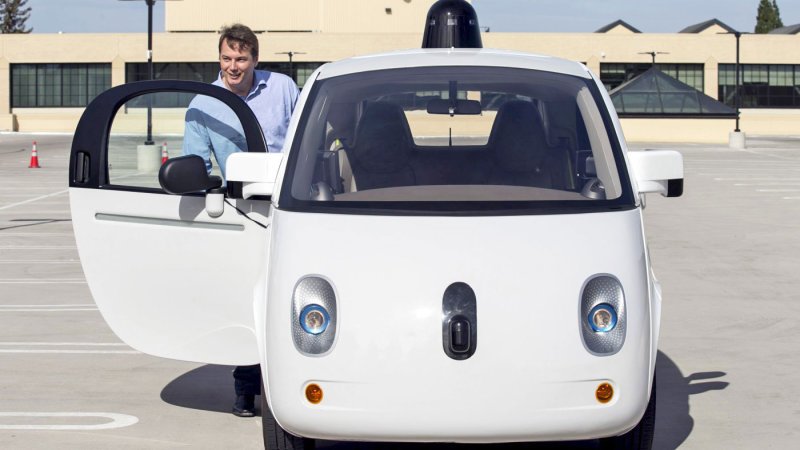The Google autonomous car has learned how to honk

In order to train its honking algorithm, the team tested a variety of honk-worthy situations, like a car backing out of a blind driveway or a car headed the wrong way down a one-way street. At first, the car would play a little honk sound inside the vehicle so engineers could record whether there was a legitimate need for a honk and provide teaching feedback. Once they felt the AI was ready, they let it blare its horn to the world.
"Our goal is to teach our cars to honk like a patient, seasoned driver," the team wrote in the report. "As we become more experienced honkers, we hope our cars will also be able to predict how other drivers respond to a beep in different situations."
In related, noise-making news: Google also says they've essentially sound-designed the self-driving prototype's "hum" so pedestrians and cyclists around the car can hear it coming. The sound even increases or decreases in pitch as the car speeds up or slows down. To create the basic sound, the team has tried adapting everything from Orca sounds to ambient art sculptures, but they apparently haven't landed on a distinct "voice" for the vehicle yet. Anything to avoid the silent Prius effect.
